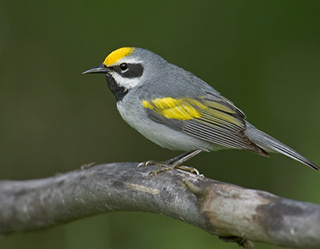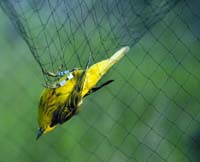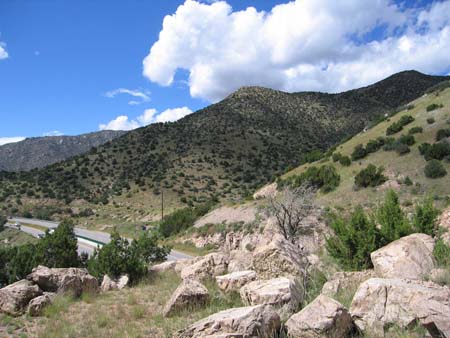 New Mexico recently pulled out of the Mexican Gray Wolf Recovery Program, an experimental program that began releasing wolves into the wild in 1998. Read the latest on the wolves, and the New Mexico decision in this article in the El Paso Times.
New Mexico recently pulled out of the Mexican Gray Wolf Recovery Program, an experimental program that began releasing wolves into the wild in 1998. Read the latest on the wolves, and the New Mexico decision in this article in the El Paso Times.
For more on the program, visit the US Fish and Wildlife Service’s Web site. For an eye-opening look at the twisted path this program has taken, be sure to check out the chronology. It would have made a great reality TV show.
Photo: Courtesy US Fish & Wildlife Service




